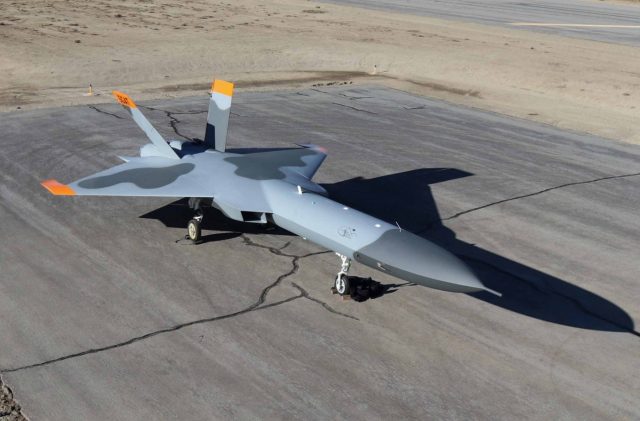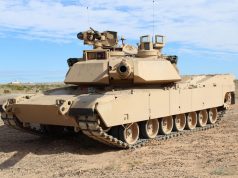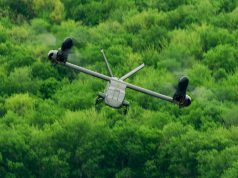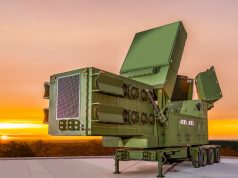
The US Army is looking to buy a fifth-generation aerial target prototype that would ideally be based on the already-tested 5GAT unmanned aerial system (UAS).
According to a sources sought notice released to industry, the army would acquire one or more low cost, low observable, full scale, transonic, aerial target(s) provisioned for integration of a threat representative electronic attack capability.
The anticipated contract is for development and integration testing of a prototype aircraft and support of the government-led ground and flight testing, the notice says.
The army explicitly said the project was a follow-on effort to the contract awarded to Sierra Technical Services for the development of 5GAT, a full-scale, low-observable air vehicle that represents, more accurately than anything else available, the fifth-generation fighter aircraft threats US forces could face.
The anticipated award date for the new effort is FY 2023 while the government looks to begin taxi and flight testing at Dugway 18 – 24 months after contract award.
In the sources sought notice, the army said it was interested in advanced manufacturing techniques such as additive manufacturing technologies to improve product quality while reducing production costs.
The government-led ground and flight test operations and maintenance support will occur at the US Army Dugway Proving Ground – West Desert Test Center (DPG-WDTC), Utah, and other DoD test and training ranges.
The tests will evaluate how the aerial target prototype will be able to support fifth generation developmental and operational test and training requirements. These would include aircraft/missile/weapon systems test and evaluation programs, aircraft/missile/weapons systems lot acceptance programs, demonstrations, research and development activities, production verification, special tests, and Red/Blue force training programs.
Both the prototype aircraft and target command and control system should be transportable for worldwide operations.
The army further said the target should be affordable (development cost for two aircraft less than $50 million and average unit flyaway cost of less than $10M). The target should provide passive radio frequency (RF) and infrared (IR) signatures representative of manned, 5th Generation threat fighters at both initial engagement ranges as well as intercept ranges. In general, this requires the target vehicle to be “full-scale.”
When it comes to mission endurance, the target should be capable of a mission endurance of 90 – 120 minutes, and should provide for internal carriage of active electronic signature devices to include air intercept (AI) radar emulators, and electronic attack (EA) payloads.
The target should also provide a minimum service life of not less than 25 sorties or 50 total flight hours.


























